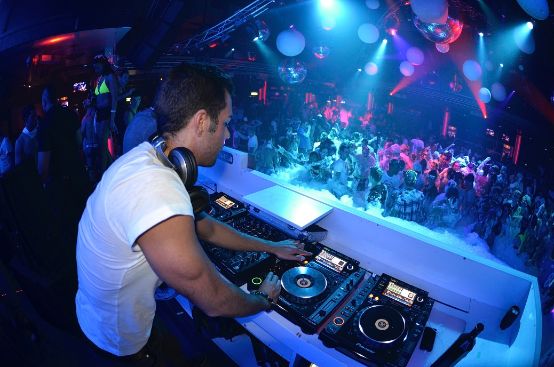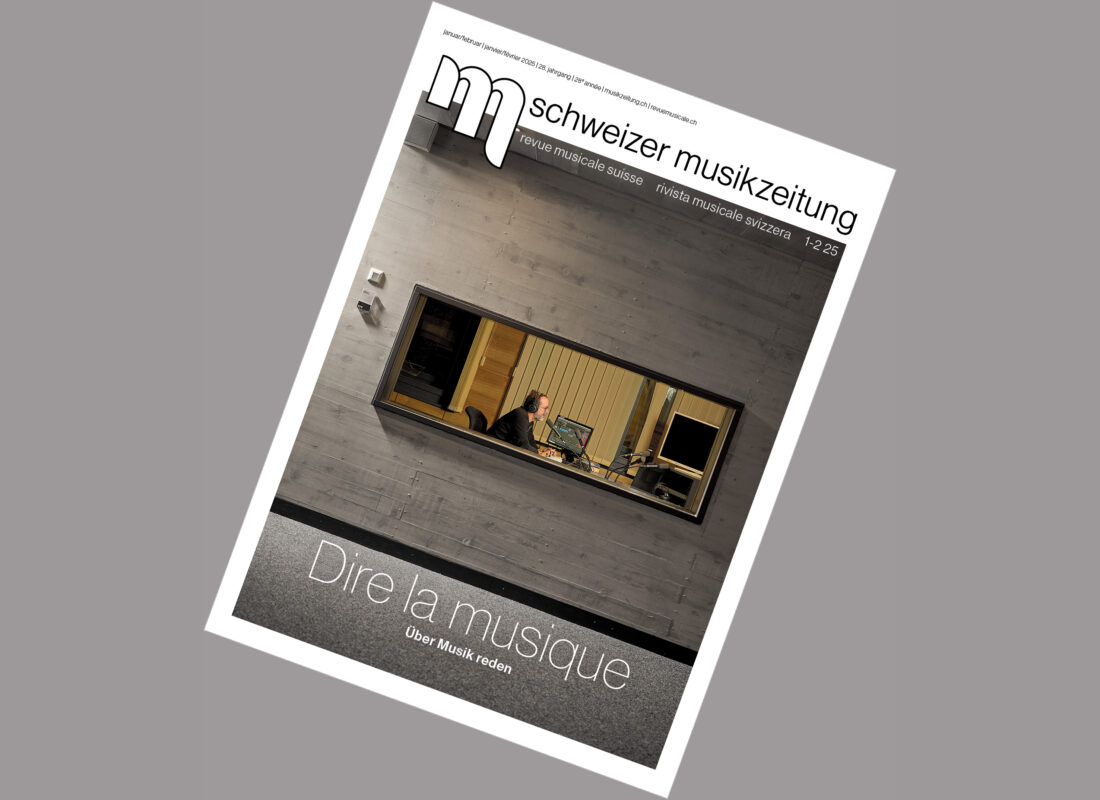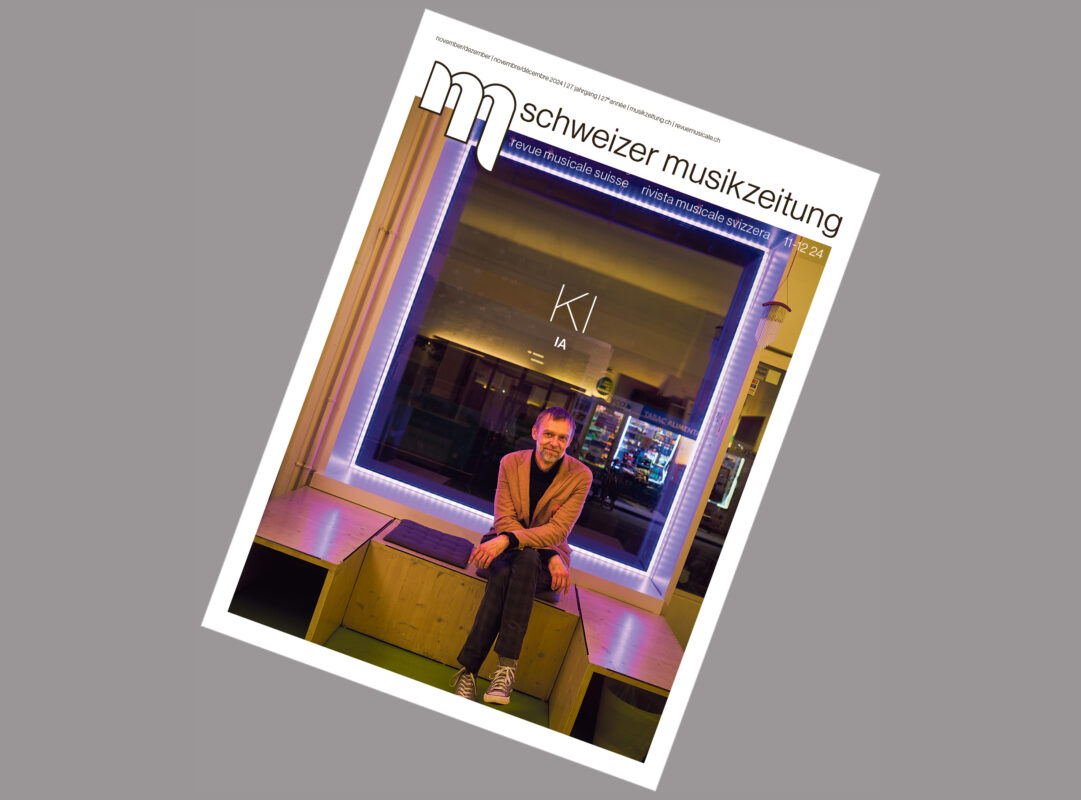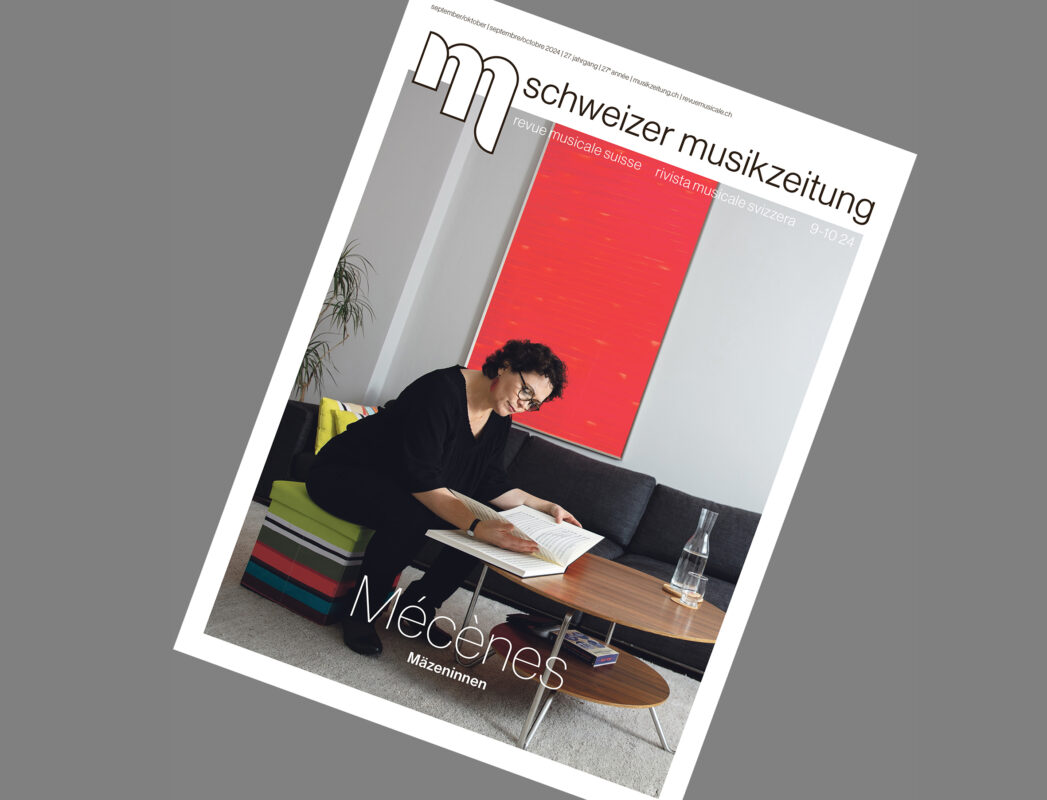The universe of disc jockeys
Over the last twenty years, dance events with DJs have become a major phenomenon in nightlife. With the help of new technologies and media, they move the masses.


Over the last twenty years, dance events with DJs have become a major phenomenon in nightlife. With the help of new technologies and media, they move the masses.
To some extent, the DJ is still regarded as a mere "record player", but more and more often his activity is seen as an art in its own right. He has as many possibilities to create his "mix" as there are styles of music. When he strings pieces of music together, the aim is to allow one rhythm or melody to flow into the next, taking the listener from one mood to the next without them really noticing. DJs who also work as producers have achieved international success. They arrange existing soundtracks, assemble musical excerpts, so-called samplesThey mix, add effects and self-recorded noises or sounds from all kinds of pieces to create their own tracks. Their work is similar to that of a composer. They usually prepare their tracks and then play them at the events, but there are also DJs who improvise. Such sets, which are mixed live and created in concert, are offered at electro festivals in particular.
Purists work with turntables, which are once again available in almost all clubs and enable physical manipulation of the sound carriers. Laptops and USB sticks with extensive sound databases are just as much a part of the tools of the trade as mixing consoles and headphones. Digital composition programs and virtual instrumental sounds are also important tools for producing DJs. However, anyone who masters all these elements is not automatically a good DJ. This is because they adapt their performance to the occasion, the venue and the audience. And that's not all: above all else, the DJ is a showman. He needs stage presence, a talent for communication, must make a name for himself and build up a regular audience. He must be responsive to his audience and at the same time always have his finger on the pulse of the times, incorporating new and unmistakable sounds into his music. sets incorporate. As in any artistic discipline, creativity, adaptability and personality are the basic requirements for success.
Stylistic explosion
One of the origins of the DJ movement is the oil crisis. As unemployment rose sharply in the automobile strongholds of Detroit and Chicago in the 1970s, interest in soul and disco music, the "natural parents" of the house music. Gradually, synthesizers and rhythm boxes became more and more prominent in this music until they became the actual core of a piece. At the same time, the group Kraftwerk, for example, took similar experiments to the extreme in Europe, paving the way for a wide variety of music associated with the synthesizer. house related styles: everything that comes under the collective term electro can be summarized as follows. The pioneers were the DJs in Berlin, Sweden and Holland, who are still at the forefront of many developments today.
Today, there is a veritable stylistic explosion that is tearing down all genre boundaries. Many DJs not only base their music on electro sounds, but also draw on all kinds of styles, often even remote ones. This means that the results defy any labeling and in a way "digest" all current sound phenomena. Anything is possible - as long as the audience goes along with it. At most events, the most important thing is still that the DJ encourages people to dance. That's why he has to stick to fairly tightly regulated tempos, however freely he can otherwise create: 140 BPM for dubstep, 175 BPM for drum'n bass, etc.
Lateral training
In view of the rapid development and change in scenes and styles, training is lagging behind. There are courses for computer-based music, as well as the "classic" training courses for composers or sound engineers. In French-speaking Switzerland, the Swiss DJ School run by Djerem in Lausanne is currently the only one that specifically prepares students for DJ work. In German-speaking Switzerland, several private organizers offer workshops, group and individual lessons. In Basel there is a school especially for DJanes. Style selection, repertoire building, communication and network building are covered. At Bern University of the Arts, Pop & Rock Department, DJ culture is part of the CAS module Performance, Production & Publishing.
With or without training, there are plenty of professional or semi-professional DJs, but only a few make it onto international stages. Many only make ends meet with side jobs or other main occupations.
Precarious legal situation
Anyone who wants to remix a piece or use parts of an existing piece needs the consent of the rights holder. Once they have obtained this, they can share in the profits of the newly created track as an arranger or producer. However, Nicolas Pont, a lawyer at Suisa, points out that only a few DJs submit a list of the tracks used and that it is generally difficult to set up a control system. Recently, however, Suisa installed "hit boxes" at sixty venues with a recognition system for the tracks played.








